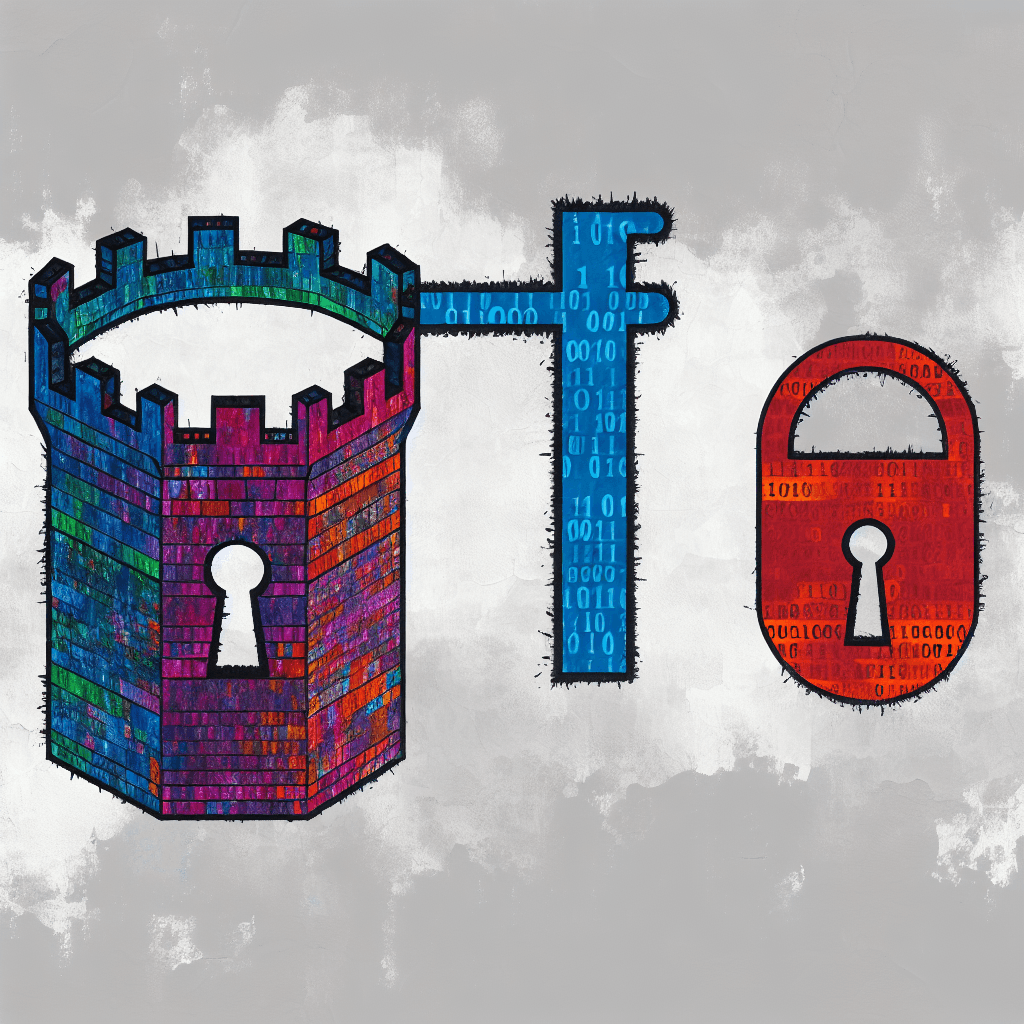With the increasing frequency of cybercrime incidents in today’s world, it is critical for companies to adopt cutting-edge cybersecurity measures to safeguard their customers’ sensitive information. One such company is Mastercard, which has been investing heavily in advanced fraud analytics and AI technologies to combat cyber threats. In this article, we will delve deeper into Mastercard’s approach to cybersecurity, highlighting its advantages and disadvantages.
Mastercard’s AI-powered Cybersecurity Measures
According to Ed McLaughlin, President of Operations and Technology at Mastercard, the company has been leveraging advanced fraud analytics systems and AI technologies to enhance its cybersecurity measures. The company aims to use these technologies to vet and secure purchases in milliseconds, allowing consumers to make transactions seamlessly and securely. By using AI to detect trends and suspicious transactions, Mastercard intends to replace humans in the verification process, making the payment process much more secure.

Disadvantages and Disadvantages
Mastercard’s use of AI in its cybersecurity measures has several advantages. First, AI technology can analyze large amounts of data at a faster rate than humans, allowing for quicker and more accurate fraud detection. Second, AI can identify unusual patterns in transactions, enabling Mastercard to detect fraudulent activities that may go unnoticed by traditional security measures. Third, the use of AI can reduce the likelihood of false positives, preventing legitimate transactions from being flagged as fraudulent.
While the use of AI in cybersecurity measures offers several benefits, there are also some potential drawbacks. One major concern is that hackers may find ways to exploit vulnerabilities in the AI system, leading to massive data breaches. Additionally, an over-reliance on AI may lead to complacency among employees and management, leading to neglect of crucial security processes and controls. Finally, the high cost of AI technology may pose a challenge for smaller companies, limiting their ability to invest in advanced cybersecurity measures.
Mastercard’s Approach to Cybersecurity: A Closer Look
To achieve its vision of a digital payment system that relies heavily on AI-powered security measures, Mastercard has been developing and implementing advanced cybersecurity technologies, such as biometric authentication and tokenization. Biometric authentication allows users to verify their identity using unique biological traits such as fingerprints, facial recognition, or voiceprints. Tokenization replaces sensitive data, such as credit card numbers, with a unique identifier or “token,” making it more challenging for hackers to access sensitive information.
Additionally, Mastercard has been using machine learning algorithms to monitor transaction data in real-time and detect anomalies or suspicious activities. These algorithms can identify patterns that may indicate fraudulent behavior and alert Mastercard’s security team to take action.
Mastercard’s investment in AI and advanced cybersecurity technologies highlights the importance of adopting innovative approaches to tackle the rising threat of cybercrime. While there are potential disadvantages to relying heavily on AI in cybersecurity measures, the benefits of AI technology, such as its ability to analyze large amounts of data quickly and accurately, cannot be ignored. As the world continues to become more digitally connected, it is crucial for companies to stay ahead of the curve in cybersecurity and adopt advanced technologies to protect their customers’ sensitive information.
I am a Cyber Security professional and a tech enthusiast. Feel free to reach out to me
To check the original story Click here






